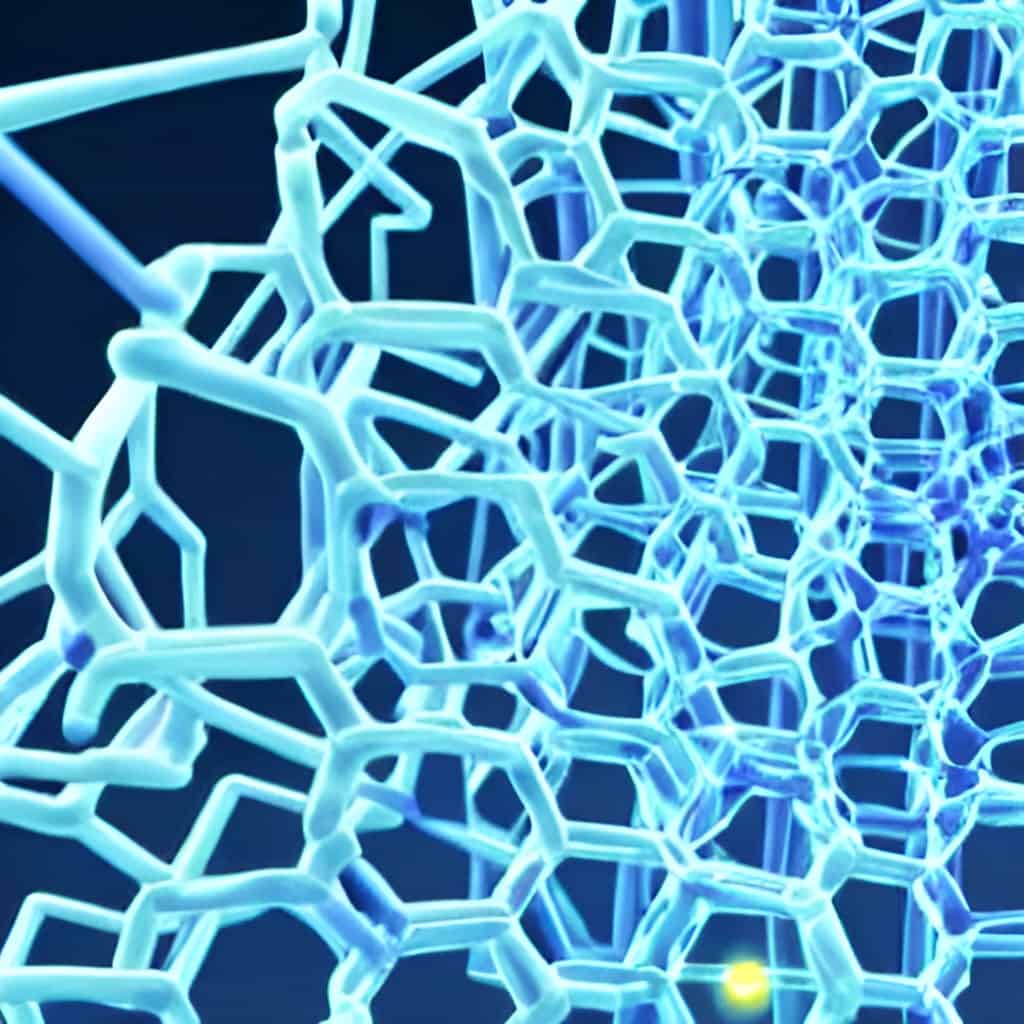
In a groundbreaking discovery, Australian researchers have found an enzyme that converts air into energy. The enzyme, identified in the bacterium M. smegmatis, utilises trace amounts of hydrogen in the atmosphere to generate an electrical current. This revelation, published in the journal Nature, could lead to the development of devices that produce energy from thin air. The enzyme, Huc, displays high efficiency at low hydrogen concentrations and is resistant to inhibition by oxygen.
Isolation and properties of Huc enzyme
The enzyme, called a “hydrogenase,” was named Huc for short. Researchers isolated Huc from the bacterium Mycobacterium smegmatis, which feeds on hydrogen from the air. The process of isolating Huc was complex, requiring gene modification and the addition of specific chemical sequences. Huc is stable and can withstand temperatures ranging from 80℃ to -80℃ without losing activity. Remarkably, Huc consumes hydrogen at concentrations even lower than air traces and is not inhibited by the presence of oxygen.
To assess the enzyme’s ability to convert atmospheric hydrogen into electricity, the researchers used a technique called electrochemistry. The technique showed that Huc is capable of converting minute concentrations of hydrogen in air directly into electricity, which can power an electrical circuit[3]. Advanced microscopy and spectroscopy methods were applied to determine Huc’s atomic structure and electrical pathways, resulting in a highly resolved structure of the enzyme.
Huc as a natural battery and potential applications
Huc functions as a “natural battery,” producing a sustained electrical current from air or added hydrogen. This discovery opens up the possibility of developing small, sustainable air-powered devices as an alternative to solar power. The energy generated from hydrogen in air could be used to power a biometric monitor, a clock, an LED globe, or even a simple computer. Huc-based bioelectric sensors could also be employed to detect hydrogen leaks in infrastructure or medical settings.
While this fundamental discovery has the potential to reshape the chemistry of life and future technology development, technical challenges remain before the full potential of the Huc enzyme can be realised. Nevertheless, the ability to generate electricity from the hydrogen present in the atmosphere represents a significant milestone in the quest for innovative and sustainable energy sources.
Implications for environmental sustainability
Soil bacteria consume approximately 70 million tonnes of atmospheric hydrogen every year. Harnessing the power of enzymes like Huc to extract energy from hydrogen in the atmosphere could pave the way for new renewable energy solutions. By converting atmospheric hydrogen into electricity, researchers have demonstrated the potential of this enzyme to contribute to a more sustainable future.







